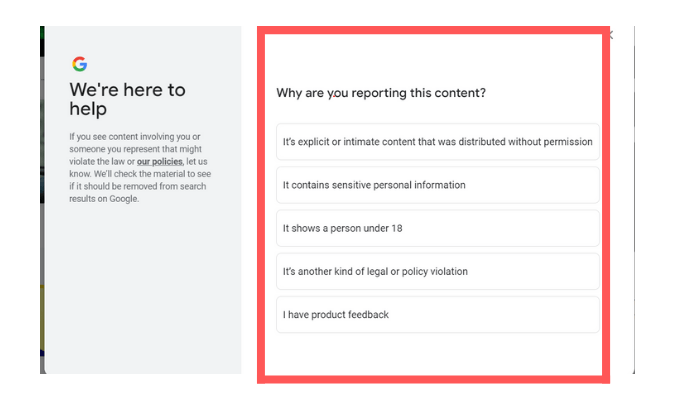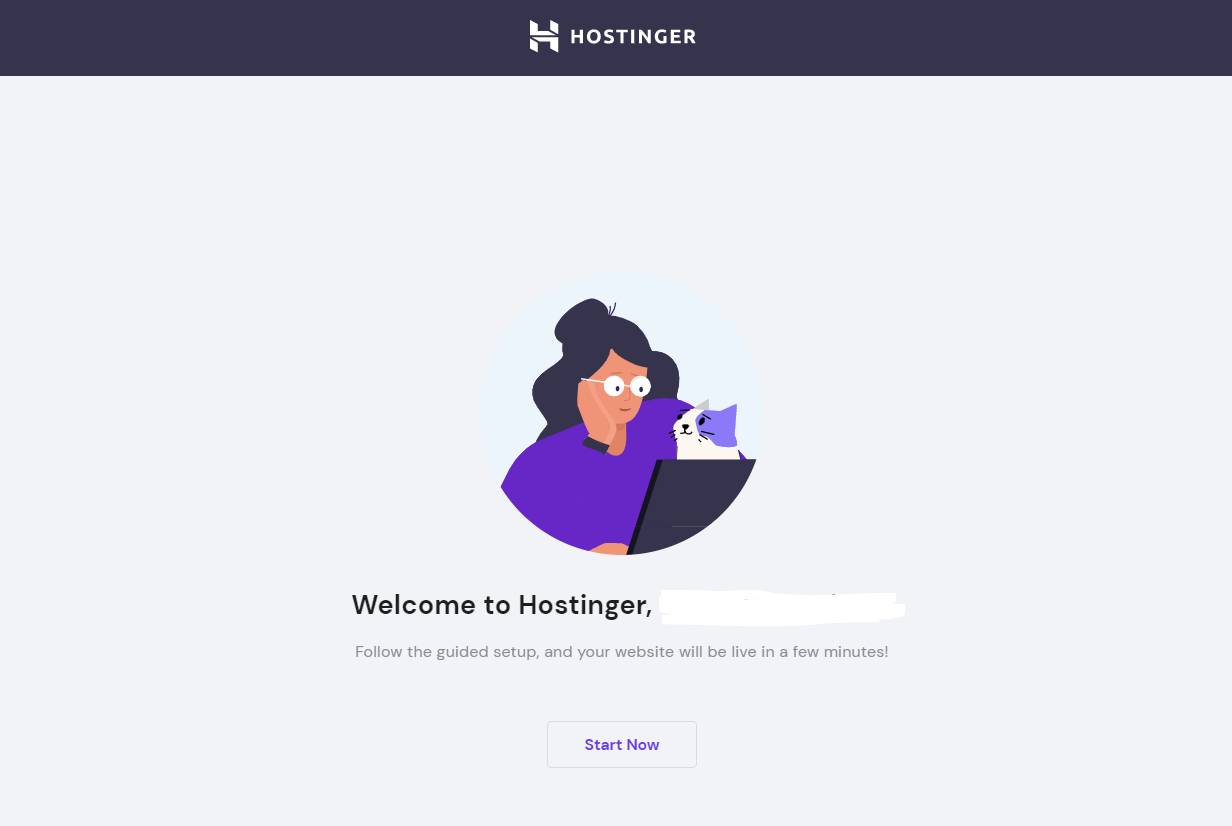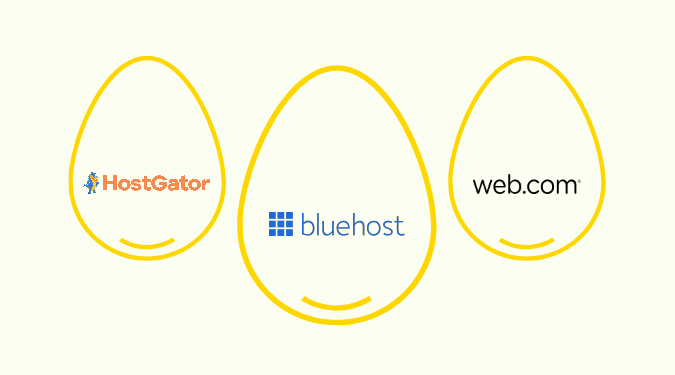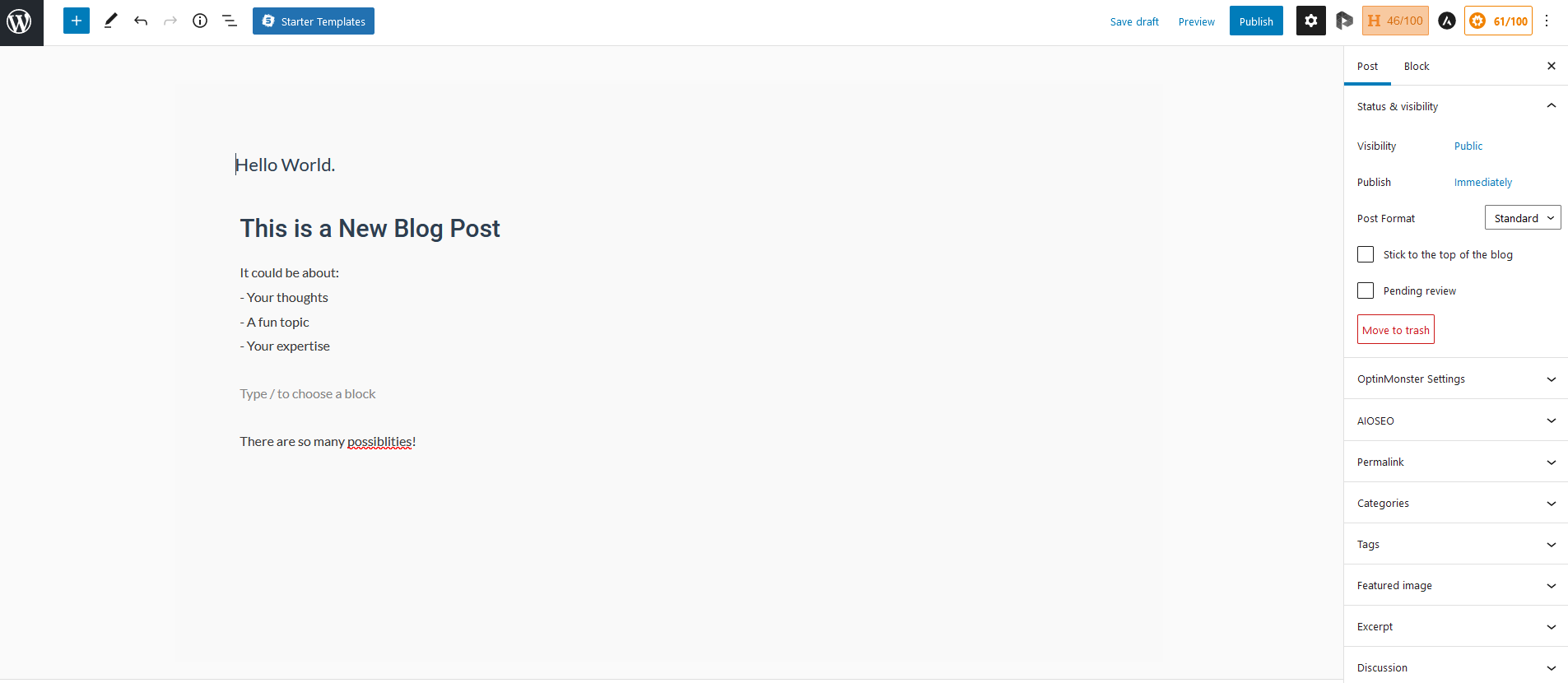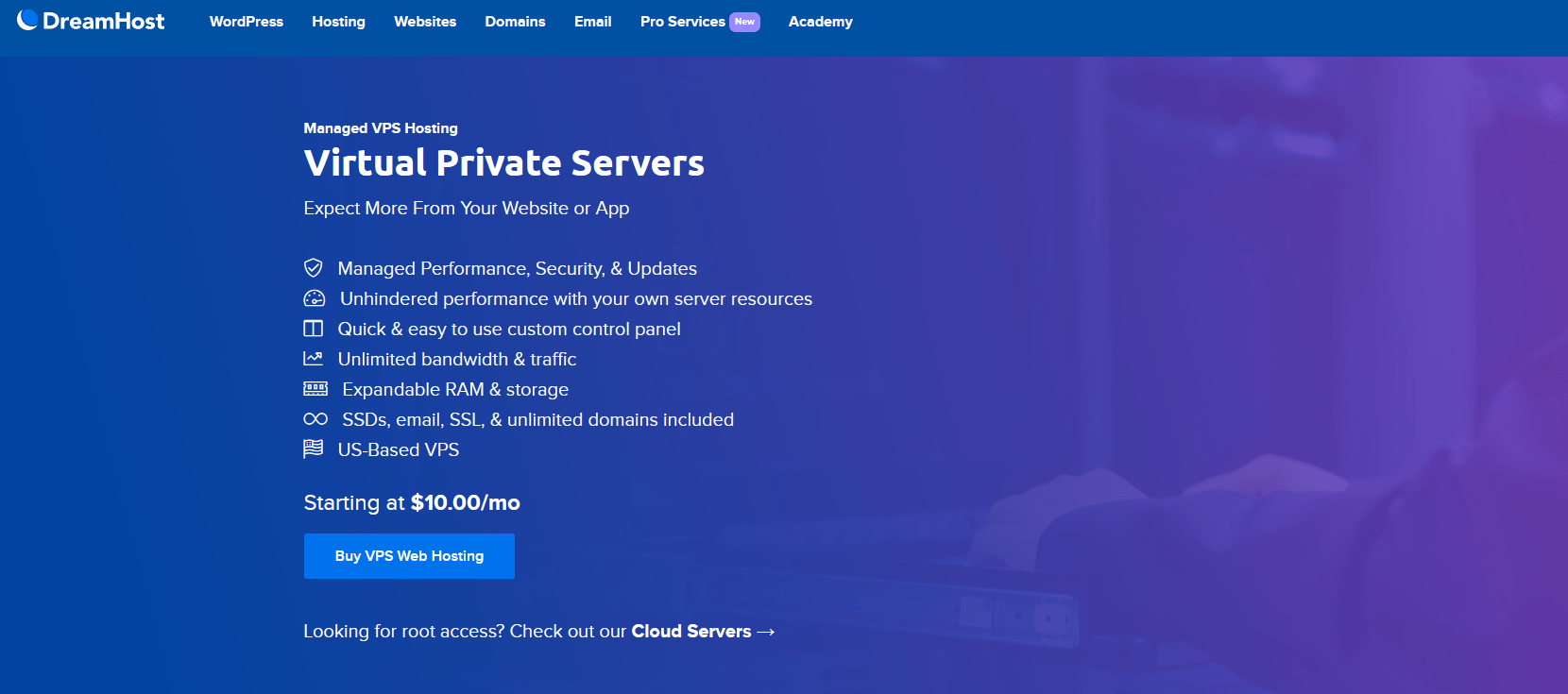Building an app can be laborious and time-consuming. It’s even harder if you start your backend development from scratch. With Back4App, you have a low-code backend that helps you speed up the building process without having to manage infrastructure.
In this review, we’ll explore what Back4App excels at and where it falls short, as well as the various products and pricing plans available and whether or not it’s the right platform for you.

Back4App: The Good and the Bad
When it comes to Backend-as-a-Service (BaaS) platforms, Back4App stands out from the competition. It’s all thanks to its open-source platform that uses a spreadsheet-like data modeling interface, among other unique features.
But it’s not perfect, with a less-than-ideal pricing model and app development limitations.
What Back4App Is Good At
Open-source platform: Back4App harnesses the power of enterprise-grade, open-source tools without the hassle of managing infrastructure. It’s built on a backbone of technologies like Parse Platform, Redis, Docker, GraphQL, and NodeJS.
With an open-source service, you break free from vendor lock-in worries. Back4App also has more incentive to deliver an awesome experience because their open code lives and dies by user approval and anyone can scrutinize it for potential security vulnerabilities.
Back4App’s use of open-source tools means there are no licensing or copyright fees. The money saved flows back to you for hiring, equipment, or whatever needs funding.
Straightforward UI, SDKs, and APIs: Back4App’s spreadsheet-style interface is intuitively designed for efficient data modeling. Adding and relating database tables is a drag-and-drop affair, allowing you to build data models on the fly. The color-coded segments make visualizing connections effortless.
Integrating the backend database with your frontend codebase is lightning-fast thanks to Back4App’s wide selection of SDKs. Whether you’re working in React, Angular, Vue, Android, or iOS, a few lines of code and your dynamic data is wired up.

The real magic comes from Back4App’s versatile GraphQL and REST APIs. Want to query, edit, or transform data? No problem! The API reference tool will even auto-generate code snippets in your language of choice. You’ll be CRUD-ing data in no time.
Relational data, indexing, and aggregate functions: Need users to have multiple posts? Orders with multiple items? Just draw the lines to relate your data tables with no complex database configuration. Back4App makes it easy to define relationships.

Aggregate functions and indexing allow you to perform advanced queries, even though Back4App stores data like a NoSQL database. It still gives you SQL-like capabilities such as creating indexes on your fields and calculating statistics across your data. The queries you can write are far beyond basic key-value lookups. Focus on rapid iteration instead.
Back4App combines the best of NoSQL data storage and SQL querying. Get automatic scaling and high availability from Back4App’s NoSQL core. Define complex relational data models. Write declarative queries to filter and aggregate. You retain advanced data access capabilities without the overhead of managing your own SQL infrastructure.
Helpful customer support and community: Back4App’s customer support is a cut above the rest. Our email and chat questions were fielded lightning-fast and in detail by knowledgeable support reps. As developers looking to ditch infrastructure hassles, you can feel confident Back4App has your back.
Back4App offers a few support channels, including an active user community, Slack workspace and Stack Overflow tag bustling with experienced developers, Parse blog, and YouTube channel full of in-depth tutorials.

For more urgent or complex issues, we received white-glove support through scheduled video calls. They patiently walked us through setup, best practices, and optimizations.
Comprehensive documentation and guides: Everything is clearly explained in Back4App’s documentation in a way that makes deployment a breeze regardless of skill level.
For novice developers, the guides and video tutorials demonstrate how to fully utilize the platform’s capabilities intuitively. More experienced coders will appreciate the tips for unlocking Back4App’s more advanced features.

Unlike some technical documentation that feels dry, Back4App’s materials are practical. The step-by-step instructions allow you to learn by doing, with helpful screenshots and examples illustrating each concept so you can focus on building and launching your app.
Reliable infrastructure with built-in redundancy: Back4App builds their infrastructure on top of Amazon Web Services (AWS), so you get all your redundancy and failover protection baked right in.
If something goes wrong on Back4App’s end, your app will stay up and running—we assure you. Spend less time worrying about reliability and more time building a great user experience.
Your Back4App data lives on fast, redundant storage clusters across multiple availability zones. Backups run like clockwork every single day, so you’ve always got a rollback point.
Back4App’s Potential Drawbacks
Limitations prevent building certain apps: If you’re a developer who wants to build the next great app, you need a tool like Back4App to provide a robust backend without the headache of managing infrastructure. Unfortunately, its simplicity becomes a liability when constructing a sophisticated app architecture.
Don’t get us wrong—it’s great for spinning up a standard CRUD app. But if you need to configure advanced capabilities, you might need to look elsewhere.
Back4App’s one-size-fits-all model is missing custom business logic, complex integrations, and full control over your backend. You may outgrow its feature set as soon as you start development. Sure, a more configurable solution will require more hands-on work upfront, but that control will empower you in the end.
Pricing model not ideal for some developers: Back4App’s pricing model is based purely on the number of apps you’re developing. If you’re a student or indie developer with limited funds, you may find Back4App’s pricing restrictive.
As your apps start gaining traction, usage may outpace the number of apps you’ve deployed. You could end up paying much more than necessary.
Back4App’s free plan offers a nice test drive, but it’s quite limited. A special student plan with fewer restrictions would provide the perfect hands-on learning experience.
Otherwise, we recommend you check out alternative BaaS providers with usage-based pricing. That way, you can create to your heart’s content while keeping costs aligned with success.
Limited to app development: Building the backend for slick, scalable apps is Back4App’s wheelhouse. Despite the convenience, Back4App stops short of website creation or integration.
Its array of pre-built components are exclusively tuned for application development. Back4App provides no shortcut for crafting responsive, dynamic websites.
For your app building needs, Back4App over-delivers. But the reality is, websites and mobile apps are drastically different. Creating a site through Back4App would feel like sculpting clay with a screwdriver. The right tool makes a difference.
Back4App Plans and Pricing
Back4App offers both Backend as a Service and Container as a Service. Regardless of which platform you need, each one comes with several different plans with simple pricing that makes it easy to understand exactly what you’ll be paying each month or year.
Backend as a Service

Free: This plan is a great way to get started with Back4App if you’re just prototyping or learning. With 25,000 requests, 250 MB of data storage, 1 GB of data transfer, and 1 GB of file storage each month, you can build a simple app.
MVP: Once you’re ready to launch, we recommend the MVP monthly plan at $25 per app per month or $15 monthly for the annual package. Here, you get 500,000 requests, 2 GB of data storage, 250 GB of data transfer, and 50 GB of file storage each month.
Pay As You Go: The Pay As You Go monthly plan at $100 per app per month gives you the flexibility you need when your app takes off. Going annual lowers the cost to $80 per app per month. With 5 million requests, 4 GB of data storage, 1 TB of data transfer, and 250 GB of file storage each month, you have ample room to handle indefinite growth and scaling.
Dedicated: For apps that require serious infrastructure, the Dedicated monthly plan at $500 per month ($400 per month if you choose the annual plan) is the way to go. With unlimited requests, 80 GB of data storage, 2 TB of data transfer, and 1 TB of file storage each month, you get the VIP treatment and resources solely allocated to your app.
Container as a Service

You have three flexible subscription options with Back4App to launch your app rapidly without server management.
Free: The Free plan provides a smooth on-ramp for learning or prototyping. With 0.25 CPU, 256 MB of RAM, and 100 GB of transfer, you can start building immediately without any fees.
Shared: When you’re ready to release your minimum viable product, upgrade to the Shared plan at just $5 per month per container. Here you’ll receive at least 0.5 CPU, 512 MB of RAM, and another 100 GB of transfer to support your initial users.
Dedicated: Choose the Dedicated plan for apps that require dedicated infrastructure. It comes with a minimum of 2 CPU, 2 GB of RAM, and 250 GB of transfer. Prices begin at $50 per container every month.
For larger businesses needing custom plans with on-premise deployment and tailored support, Back4App’s Enterprise edition has you covered.
Final Thoughts
In summary, Back4App is a powerful and easy-to-use platform that streamlines the backend development process, allowing developers to focus more time on other aspects of app development like the user experience.
While it has some minor limitations and could be price prohibitive for a few people, Back4App offers an incredible amount of functionality. It should provide most app developers with everything they need to build quality projects.

